Autumn Life Check-in Season
Let me tell you a scary story.
The most successful horror film series of all time, Saw, has reached its tenth installment.
Cash grab with no limits?
No.
This time, it’s actually receiving rave reviews.
A Douban score of 7.5 is astonishingly high for a horror film, placing it “better than 94% of horror films.”
With a box office exceeding $78 million against a production cost of only $13 million, it’s a remarkable comeback after the failures of the previous two films – a true “old tree blooming new flowers.”
Honestly, after the ninth film plummeted in quality, I wasn’t planning on paying attention to the series anymore.
After all, the sequel’s name had even changed from Saw to Spiral.
It was like starting a whole new fan-fiction universe, so why bother clinging to the integrity of the original Saw?
But.
I didn’t expect it to come back like this:
Saw X

It’s not just a return to the original title, but also a return to its core essence.
Unlike other horror films where you see the protagonists constantly making stupid decisions, leading the audience to eagerly await the demons’ rampage, this series offers a great deal of human redemption and conflicts of belief.
I’d call it:
The most positive horror film in the universe.
Why We Love Saw
Why do we love the Saw series? Just because of the gore?
Of course not.
The global popularity of Saw comes down to its three key elements:
Punishment.
Suspense.
Twists.
The Art of Punishment
Punishment is the cornerstone of the Saw series. The ingenious design of its traps never fails to impress fans.
Take, for example, the Reverse Bear Trap from the first film, which is also the most iconic killing device in the series.
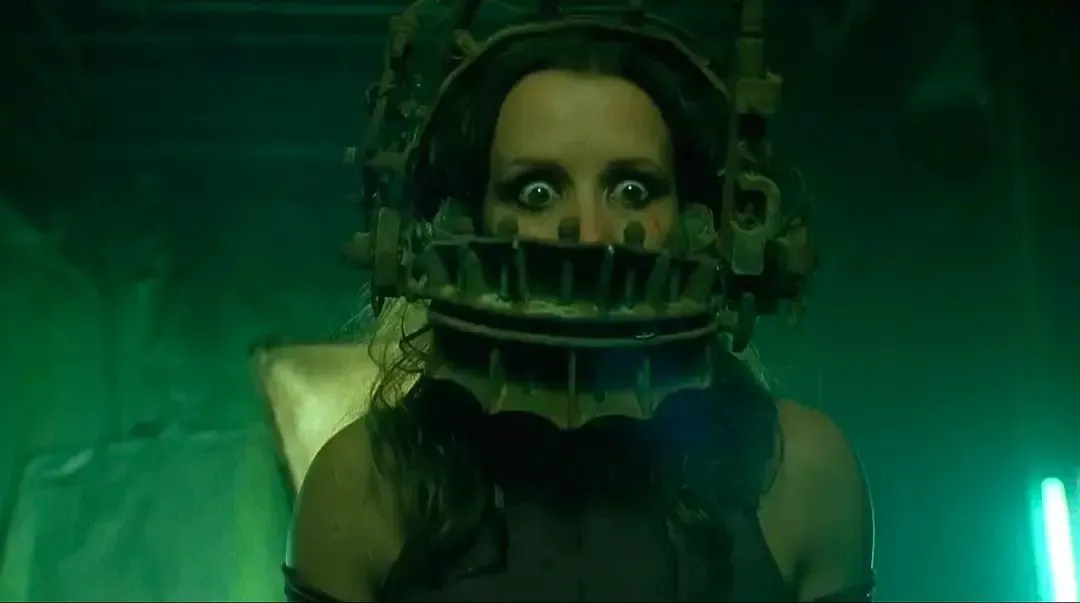
The Reverse Bear Trap has metal pieces inserted between the upper and lower jaws. The player needs to disarm the device within a set time, or else it will rip their jaws apart.
Or the Pendulum Trap from the fifth film.

△ The scene is too gory, so I won’t show the aftermath.
A sharp axe hangs above the player’s abdomen, swinging back and forth like a pendulum, gradually getting closer. If they don’t crush their hands in the machines on either side, the device won’t stop, and their body will be sliced in half.
All these punishment games share a common trait:
To survive, you have to harm yourself.
It’s all about the “pain.”
In Saw X, what made me cringe the most was the first “game player.”
Like other “players,” she needs to complete a task within 3 minutes.
How does it work?
She needs to use a very thin, serrated steel wire.
To saw off her own thigh.
Then insert a tube into the bone and extract 3 grams of bone marrow…
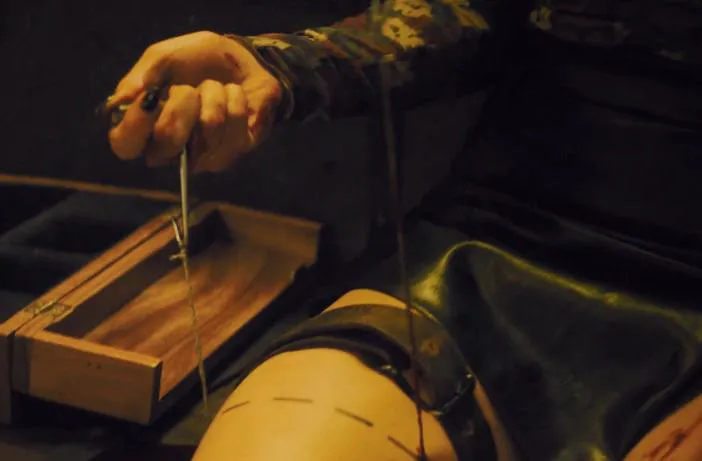
Yeah, I can’t help but close my eyes when I recall these scenes.
But why self-harm?
This suspense is what attracts the audience to keep watching.
In the Saw series, every torture device has a purpose.
In the first few films, the protagonist is Jigsaw, John.
He’s diagnosed with cancer and doesn’t have long to live.
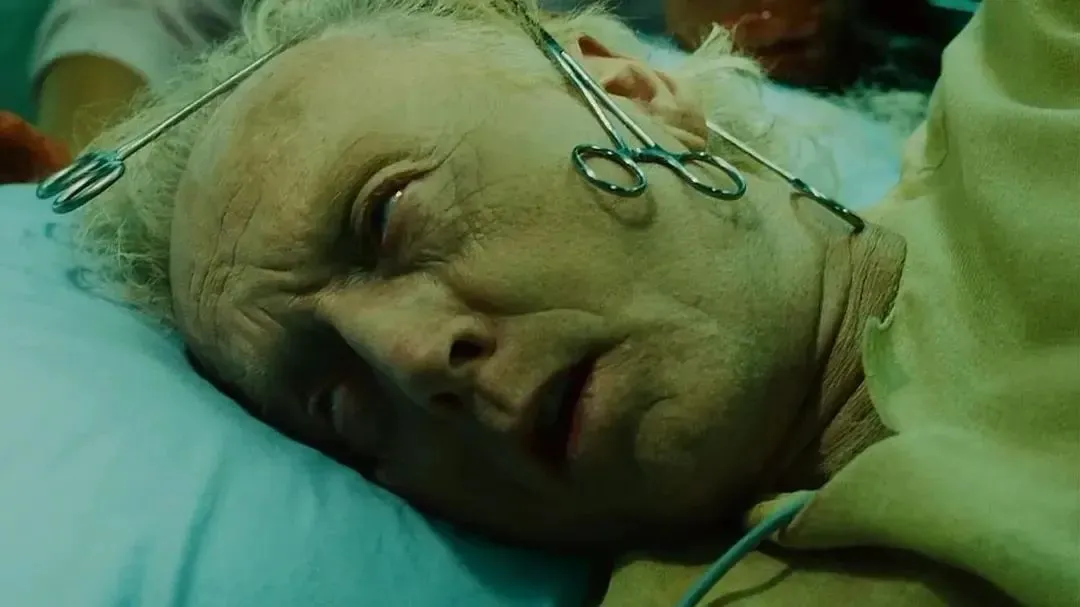
As he nears the end of his life, he discovers that the world is still full of evil, so he decides to punish those who have done wrong.
It’s somewhat similar to the Black and White Impermanence from Chinese tradition, who come to the mortal world to collect souls and bring them back to the underworld for various punishments: climbing mountains of knives, frying in oil, skinning, and tendon-drawing…
So, you can even deduce what crimes they committed based on the means of torture.
For example, in the 10th film, the “player” I just mentioned who is playing the “bone marrow extraction” game.
She suffers this punishment because she played the role of a nurse in a scam against Jigsaw (falsely treating his cancer).
She was responsible for “drawing blood” from Jigsaw.
But.
For Saw, punishment and suspense alone are not enough.
It’s revered mainly because of the twists in each film.
Take the first film, for example.
Two people are trapped in an abandoned room.
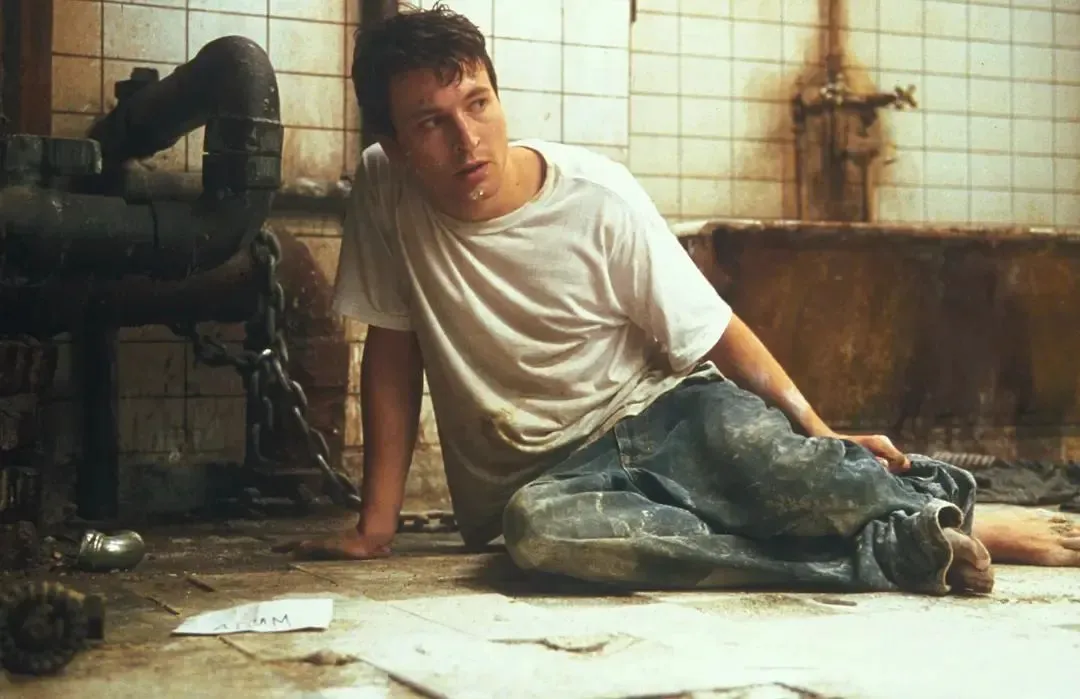
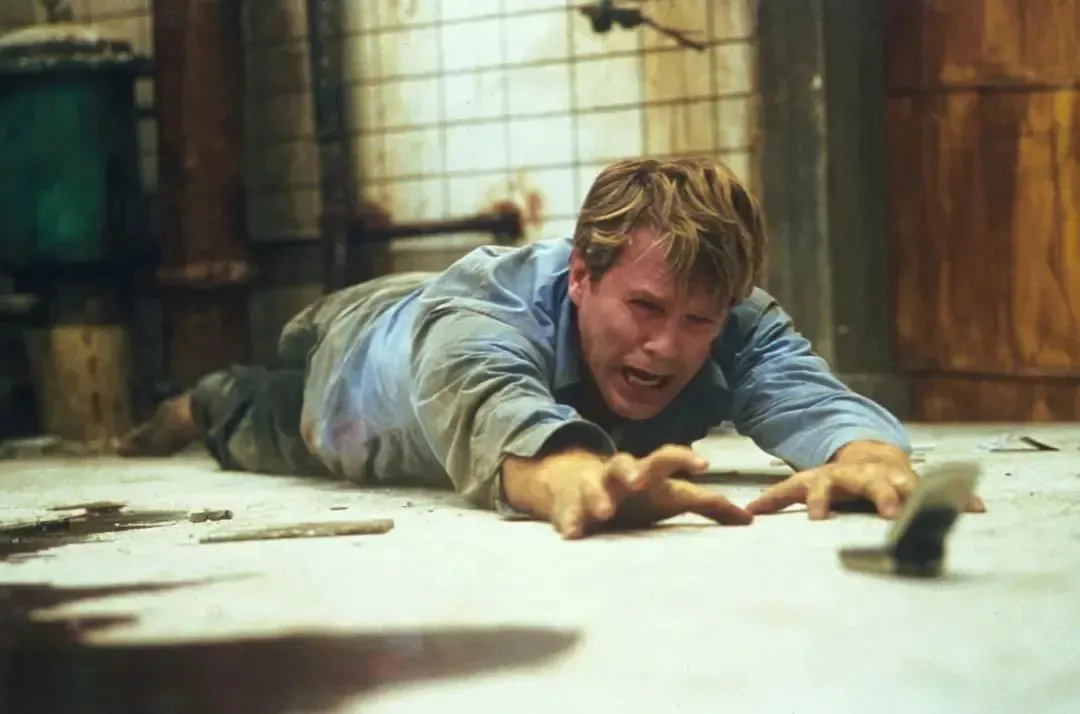
A man lies in a pool of blood on the floor.
Obviously, the killer did all of this.
And the killer is hiding behind the monitor, observing their every move.
This layer of the story is already thrilling enough, but Saw reverses this layer to reveal another.
The man lying in the pool of blood stands up.
It turns out he’s the one who designed everything.
Throughout the film, he lies motionless in the blood, but everything goes according to his plan, including the final moment when he coldly says, “Game over,” and closes the door of the room.
The person left in the room will turn into bones amidst desperate screams.
The film ends here, and these last five minutes directly make the film a masterpiece.
And these.
I don’t plan to spoil it, but in the tenth film, this kind of plot setting also exists.
The Morality of Saw
So, does the Saw series seem to be about “vigilante justice”?
On the surface, it does.
Like the protagonist Jigsaw.
I once said that he is a skin collector who likes to cut a piece of skin shaped like a puzzle from his victims as a signature.
He’s also an inventor who likes to make helmets that forcibly pry open people’s mouths and chains that forcibly tear off people’s bellies, often engaging in small handmade hobbies.
At the same time, he is also a prophet.
In Saw 4, Jigsaw dies, and a detective finds a tape in his stomach.
The tape is Jigsaw’s signature tool, and the content is Jigsaw’s last instructions to the detective.
Did you think you could escape my test?
Did you think it was over when I died?
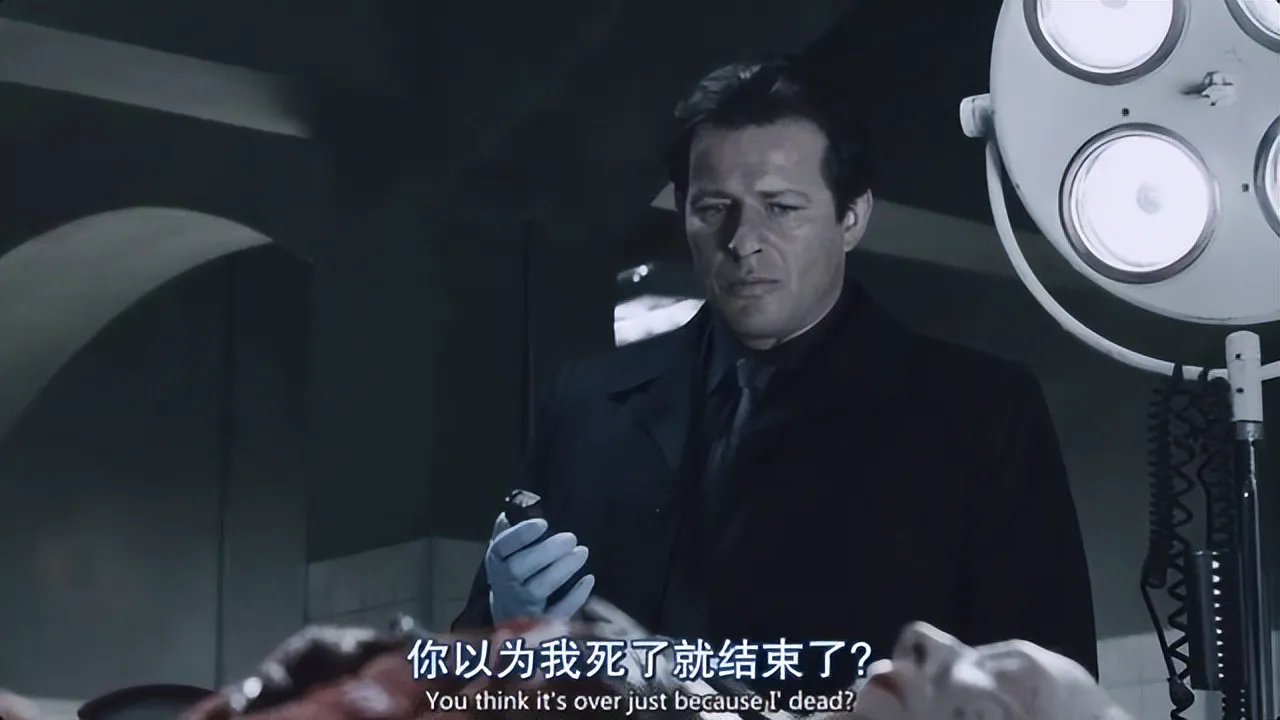
The detective dismisses it and throws the tape away.
In Saw 6, he encounters the test that Jigsaw arranged for him.
It’s hard to find a “pervert” in other horror films whose comprehensive strength can match Jigsaw.
But.
Why would I say at the beginning of the article that this is “the most positive horror film in the universe”?
One word: Redemption.
This is the emotional core of the Saw series, and the main reason why the audience doesn’t get tired of it after so many years of changing the way it plays with slaughter.
Jigsaw uses the devices he designs to give people who have done wrong a chance to choose.
As he always says to the players, “Live or die, make your choice.” The decision is in the player’s hands. If they are really willing to atone for their sins, what does sacrificing a part of their body matter?
On the contrary.
Some players are unwilling to be redeemed, thinking they can get away unscathed, but in the end, they not only suffer the pain of hell but also die in the devices.
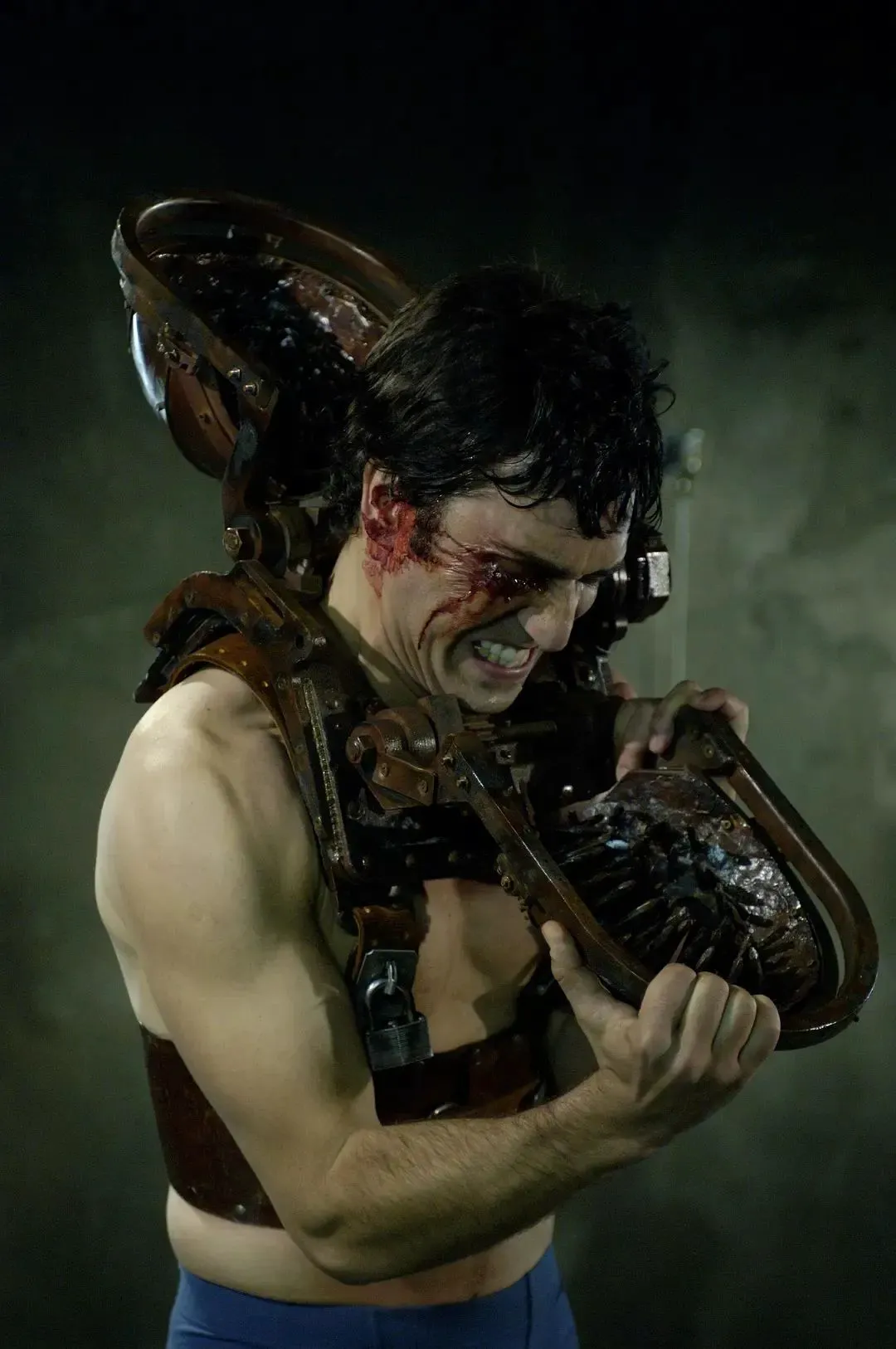
So Jigsaw, to some extent, symbolizes karma and has a strong religious punishment color.
Even in this film, the beginning has such a plot:
Jigsaw sees the medical staff in the hospital stealing things.
The next scene.
The medical staff are tied to chairs, with long tubes placed over their eyes. They need to make a choice within 3 minutes: either painfully break their five fingers or accept the punishment.
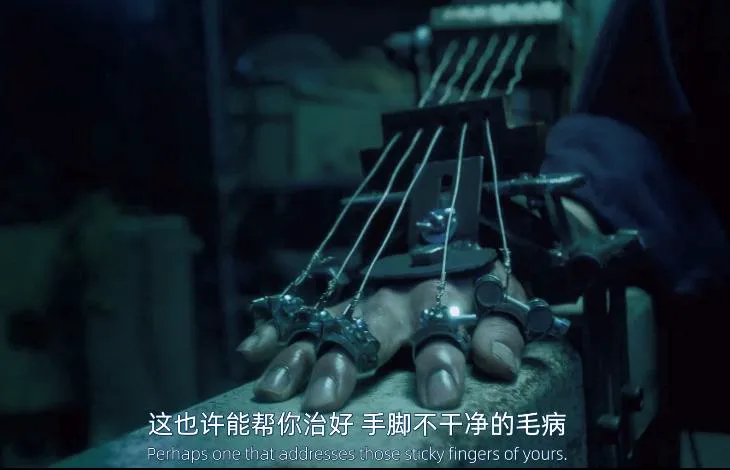
As a result, three minutes pass.
The medical staff only break three fingers, so the machine starts.
His two eyeballs are forcibly sucked out.
A punishment?
No.
The next scene returns to the hospital, where the medical staff who stole things look up and see Jigsaw, so they put the things back and walk away.
Jigsaw pats him on the shoulder:
Well done.
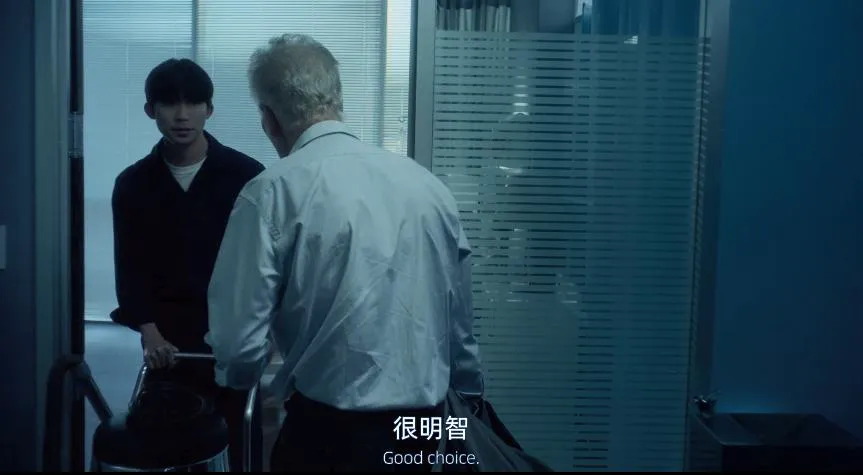
Yes, compared to punishment, Jigsaw cares more about repentance.
But.
This is also why many people now question Saw.
The Problem with Saw
In the Douban short reviews of Saw X, there is this one:
The biggest problem with the Saw series is that the cause and effect are very poor. Some people are treated very badly for petty theft, while people who commit heinous crimes can sometimes get away unscathed…
Note that he said “series,” not just this one.
Why?
The reason lies in the old man’s rule:
As long as you pay a certain price, as long as you follow the rules to escape, then no matter how big or small the crime you committed, you don’t have to be judged again.
For example, our old friend Gordon.
He is cold and ruthless.
But because he used the rules to escape, he not only survived but also became Jigsaw’s disciple.
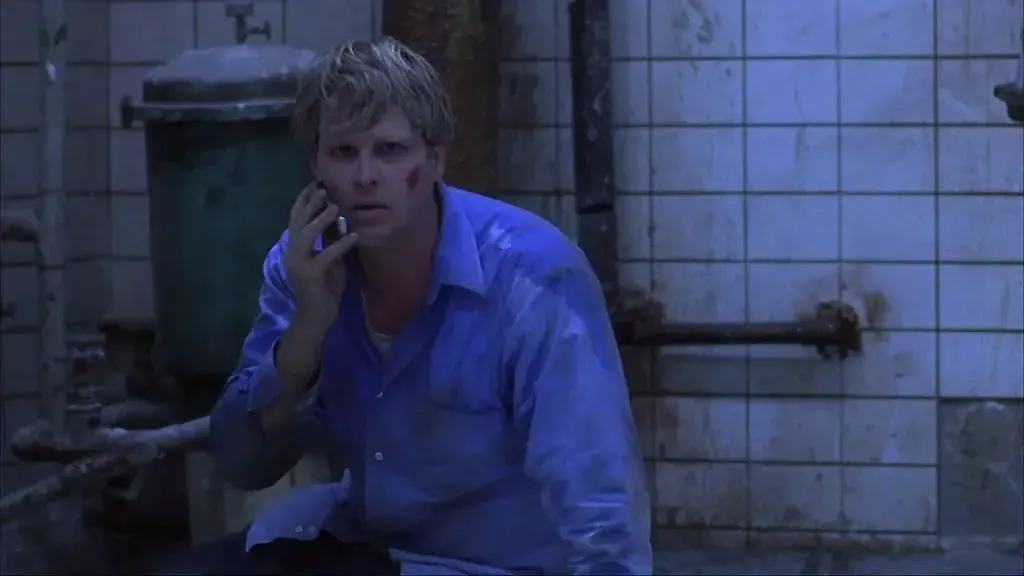
The reason is actually very simple.
In Jigsaw’s philosophy, punishment itself is a trial to face one’s mistakes. As long as you sincerely face the mistakes you have made, you will naturally cherish life more.
This is not simple revenge.
It’s more like salvation.
But.
Times have changed, and these “egalitarian” ideas are no longer feasible today.
In terms of the public opinion field.
Having developed to this day, people often don’t accept repentance anymore. They only need “purity.”
The main thing is to be “ruthless.”
The main thing is to “not tolerate a grain of sand in the eye.”
For example.
“Disciple disputes” often appear in Saw. Jigsaw and his disciples often have ideological conflicts, which involve the issue of rules.
Like in this film, when facing the culprit, the female doctor, the disciple once said:
She doesn’t deserve to live.

How did Jigsaw answer?
He said:
Those people need a test.
Everyone should have a chance.
A chance to turn over a new leaf.
According to the previous development, Jigsaw must be the correct party, so at the end of the film, when only the female doctor is left, Jigsaw is probably going to come forward to congratulate her.
But.
This time, no.
Not only no, but even the iconic “game over” was not said.
Reason.
Probably to leave an open ending: the female doctor may be trapped there to death, or maybe the game is not over yet.

You see, it clearly says “everyone should have a chance to live once,” but here, it doesn’t dare to make it clear.
Salvation has now turned back into revenge.
So, is Saw X really back to the level of the first film, as many people have commented?
In terms of quality, it is indeed much stronger than the previous two, especially, it will make old fans feel quite familiar.
But compared with the first film, the gap is still quite obvious.
Our goodwill towards Saw X comes more from the return of Jigsaw, from the return of insight and questioning of human nature.
Although.
In terms of ideas, we can never go back.